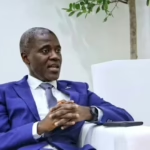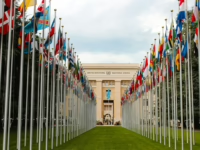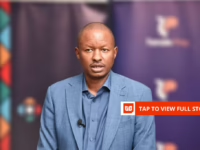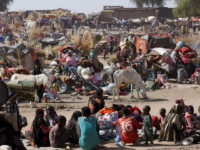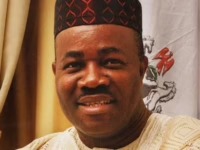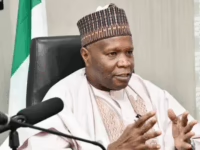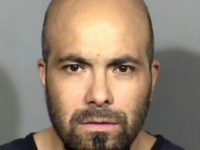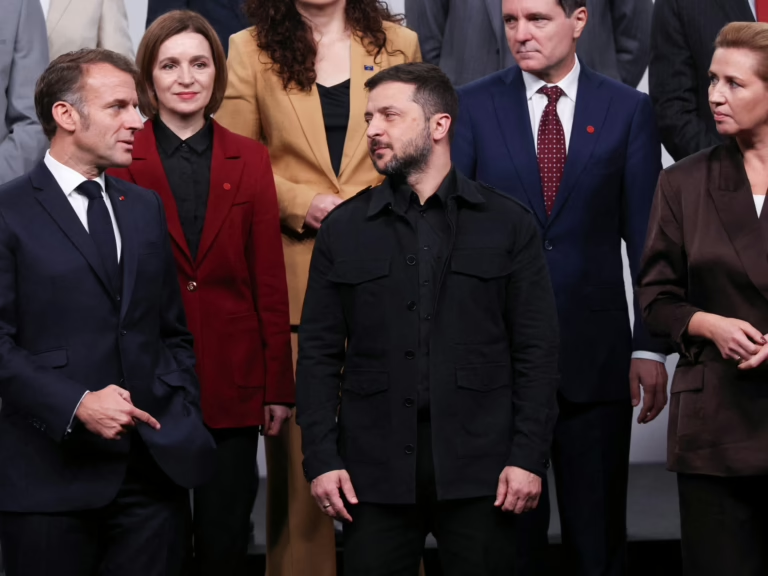European Union officials are exploring a proposal to establish a “reparations mechanism” that would leverage frozen Russian government funds to extend a $164 billion loan to Ukraine, aimed at supporting the country’s post-conflict rebuilding efforts once hostilities with Russia conclude.
During a summit in Copenhagen, Denmark, EU leaders voiced a blend of enthusiasm and prudence regarding the initiative. The meeting occurred shortly after unidentified drones were detected in Danish airspace, leading to temporary airport shutdowns. Although these drones have not been officially linked to Russia, several European nations-including Poland, Romania, and Estonia-have reported similar drone violations attributed to Russia in recent weeks.
Danish Prime Minister Mette Frederiksen expressed strong endorsement of the plan, while Swedish Prime Minister Ulf Kristersson also conveyed his firm support. Nonetheless, some leaders raised concerns about potential legal hurdles.
Below is an overview of the EU’s reparations proposal, its operational framework, and anticipated reactions from Russia.
What is the EU’s Reparations Proposal?
The concept was initially introduced by European Commission President Ursula von der Leyen in mid-September and has gained momentum as American financial assistance to Ukraine shows signs of diminishing.
During his 2024 presidential campaign, US President Donald Trump pledged to reduce the United States’ extensive financial and military support to Ukraine. Since taking office in January, Trump has signaled a shift toward a more hands-off approach, suggesting that European nations should assume greater responsibility for Ukraine’s aid.
The EU’s plan envisions using Russian assets frozen in European financial institutions as collateral to issue a €140 billion (approximately $164.4 billion) loan to Ukraine. The loan repayments would be sourced from war reparations imposed on Russia, with guarantees provided either through the EU’s forthcoming multiannual financial framework or by individual member states.
Von der Leyen emphasized the need for a sustainable funding mechanism for military aid, stating, “This is why I proposed a reparations loan anchored in the immobilized Russian assets.”
How Extensive Are Europe’s Frozen Russian Assets?
Since Russia’s invasion of Ukraine in February 2022, approximately $300 billion of Russian Central Bank assets have been frozen by the US and European countries.
Europe holds the majority of these funds-about $246.9 billion-with €217.5 billion primarily in cash managed by Euroclear, a Belgium-based financial services company.
Euroclear reported that these sanctioned Russian assets generated $3.2 billion in interest during the first half of 2025, a decline from $4 billion in the same period the previous year.
What Legal and Political Challenges Does the Plan Face?
International law protects sovereign assets from outright confiscation, meaning that repurposing Russia’s frozen funds as a loan to Ukraine could be viewed as a violation of Russia’s sovereign rights over its central bank reserves.
Belgium, where most of these assets are held, has requested detailed provisions to address the possibility of having to return the funds to Russia.
Belgian Prime Minister Bart De Wever stated, “I want assurances from my colleagues that if we utilize Putin’s money, we all share responsibility should things go awry.”
Von der Leyen echoed this sentiment, noting, “Belgium cannot bear this risk alone; it must be distributed across the EU.”
Are Some EU Leaders Reluctant?
Indeed, several leaders have voiced reservations or requested further clarification before endorsing the plan.
Dutch Prime Minister Dick Schoof urged a cautious approach, highlighting the potential legal and financial ramifications.
Luxembourg’s Prime Minister Luc Frieden described the issue as legally complex, stating, “Seizing assets belonging to another sovereign state is not straightforward.” He also questioned the loan’s repayment mechanism and the consequences if Russia refuses to comply with reparations stipulated in a peace agreement.
What Are the Chances This Plan Will Be Implemented?
Analysts suggest that with US support for Ukraine likely to decline, European leaders may feel compelled to adopt this strategy to meet Ukraine’s substantial funding needs.
Timothy Ash, an associate fellow at Chatham House, remarked, “This initiative is inevitable because, with the US stepping back, Europe faces an annual funding gap exceeding $100 billion for Ukraine.”
Ash warned that failing to proceed could leave Ukraine under-resourced, increasing the risk of defeat and triggering a humanitarian crisis with millions of refugees seeking safety in Europe.
Such a scenario would force European countries to accelerate defense spending to 5% of GDP much sooner than planned, a target NATO members committed to reaching by 2035.
This rapid increase in military expenditure could lead to higher deficits, increased borrowing costs, greater debt burdens, slower economic growth, and a weakened European economy and eurozone.
How Has Russia Reacted?
The Kremlin has condemned the EU’s proposal, labeling it as outright theft of Russian property.
Kremlin spokesperson Dmitry Peskov declared, “This plan amounts to the illegal seizure of Russian assets, which we consider theft.” He warned that those involved would face legal consequences and that the move would backfire on countries seeking to maintain investment appeal.
Experts note that while Russia could pursue legal action against European states, it would need to waive its sovereign immunity-a legal protection preventing foreign lawsuits-which is unlikely and would expose Russia to reciprocal legal challenges.
Alternatively, Russia might attempt to confiscate Western assets within its jurisdiction, but this approach carries risks, as Russia holds significantly more assets in Western countries than vice versa, making it more vulnerable.
What Is the Scale of Western Assets Held by Russia?
Russian authorities claim that the value of foreign assets within Russia is roughly equivalent to the frozen Russian reserves abroad. According to data from January 2022, approximately $288 billion worth of assets in Russia could potentially be targeted for seizure.
However, Russian Central Bank figures from 2022 indicate $289 billion in “derivative and other foreign investments,” which declined to $215 billion by the end of 2023.
Timothy Ash clarified that these holdings include assets from various regions-not solely Western countries-and that most are privately owned rather than state-controlled.


